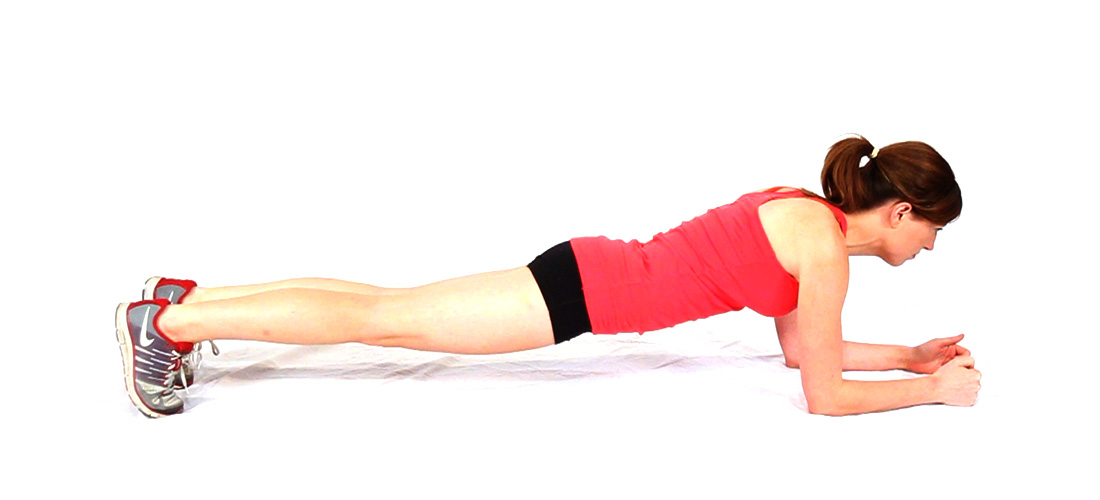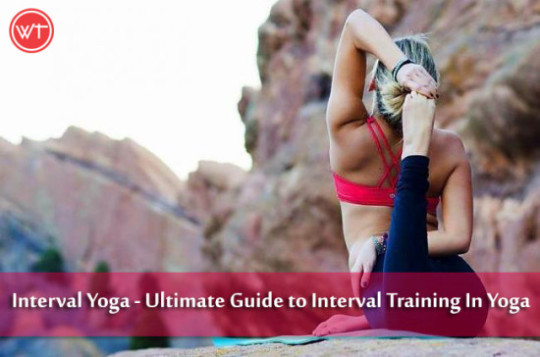Interval training in Yoga? Yes, that’s Interval Yoga for you.
I have been reading a lot about this newest kid from Yoga camp and thought of trying it out. At par with the claims, its fun, fast and very cardio. Athletic in every sense. A break from the usual, its one worth trying out.
Contents
How you do it?
You practice the usual poses that you are ‘well versed’ with and those that you are ‘really’ comfortable doing. Reason I say that is, if you perform those poses that make you feel inflexible, then you’ll hurt yourself more than reaping any new benefits.
So, you take the usual to a whole new level by incorporating it with alternating intervals of high and low intensity. At first, you warm up usual – skipping rope, slow jumping on a spot or mild stretching, could be anything you do. Then, you hit the playlist on and begin.
What does ‘interval’ mean in Interval Yoga?
Much like interval training, you have alternating intervals of high and low intensity. Now, this may come as a surprise for yogis of Vinyasa flow or Hatha Yoga who are used to slow waltz-like movements. But, its easy and not that extreme like high intensity interval training.
Generally, after every yoga pose, one is advised to relax muscles by getting into a quick Savasana or the Corpse pose. Here, you omit that. You do five repetitions of one pose without breaks. Imagine yourself on a fast forward mode. Then, without stopping to think about breath, you move to next pose.
After you are done with two continuously. Repeat them twice each in a pace faster than normal but lesser than fast forward mode. Still, you don’t stop. This is the phase of Active Resting.
Then get on to the next two and active rest. Finish it with five minutes of relaxation in Savasana.
Which poses for Interval Yoga?
I chose eight yoga poses – Surya Namaskar sequence A and Half Moon pose for standing intervals and Half Lord Fish pose, Child’s pose, Bhardwaja’s Pose, One-legged Pigeon pose, Forward bending pose and Locust pose for seated intervals.
Things required: A Yoga mat and super rock music. Interval Yoga is best performed with a small group of buddies, so you can better keep up the pace and motivate each other to get more out of the little session.
When and where: Its best to perform it in morning when the air is fresh and you are brimming with energy. And since, it requires very little time investment (read: 15 minutes), you can do it anytime. But, as the yogis tell, do not perform it immediately before or after eating.
Who should do it: Advanced yogis who have been practicing yoga for about 1-2 years regularly. With that, I assume you already have a toned body with super glowing skin, but if not, then Interval Yoga could just be your ticket.
Who should not do it: Any beginner
How do I know my intensity?
If you can sing with the playlist, your intensity is low. If you can talk, it’s medium. And if you find yourself gasping, you’re hitting the high intensity gong. Keep going!
Pros of Interval Yoga
- Its fast and non-stereotypical
- Very athletic and fat busting
- Great group workout plus its yoga
- Can be done in just 20 minutes
- Brings all benefits of yoga in a fun packet
Cons of Interval Yoga
- No focus over associated breath work (I took care of my vinyasa initially but gave it up later to enjoy the physical aspect of the workout)
- No benefits from breath work except for a good cardio workout
- Only for advanced yogis
Precautions
Interval yoga calls for short high intensity periods where you may find yourself panting. But, do not mistake gasping for ‘shortness of breath’. In case, you feel out of breath, stop immediately and continue with your usual pace. (although, I’m pretty sure this case would crop up only with over-enthusiastic beginners as they do not have stamina developed like advanced yogis)
I’ll keep on updating details of the intervals I’m using and how the session went on. Till then keep enjoying and re-inventing Yoga.







Comments are off this post!